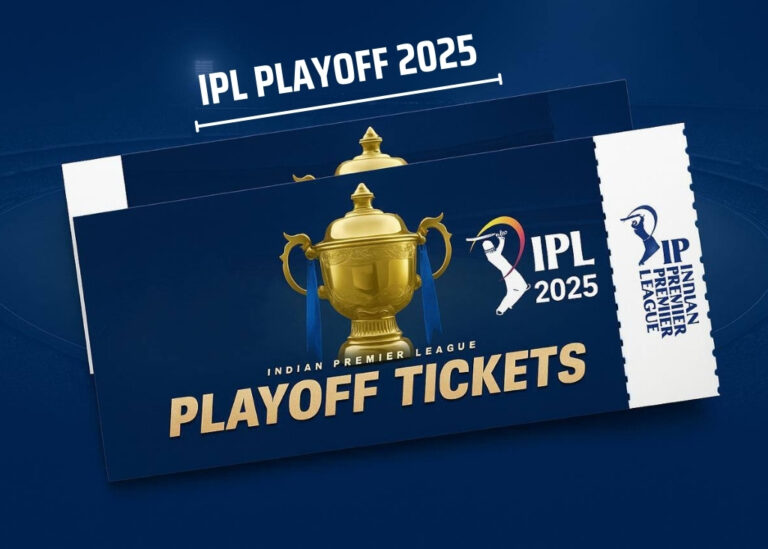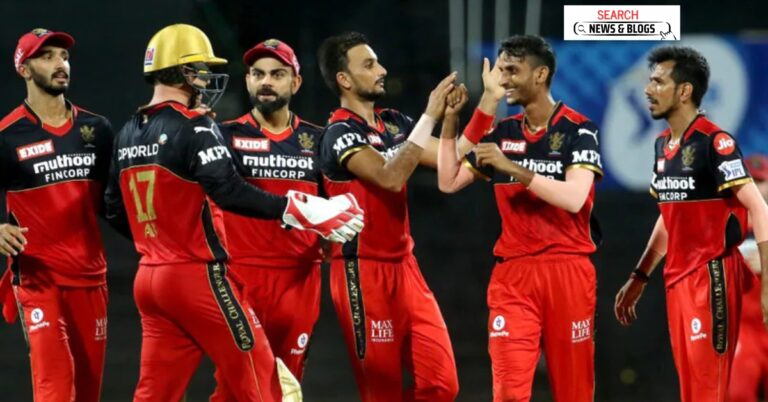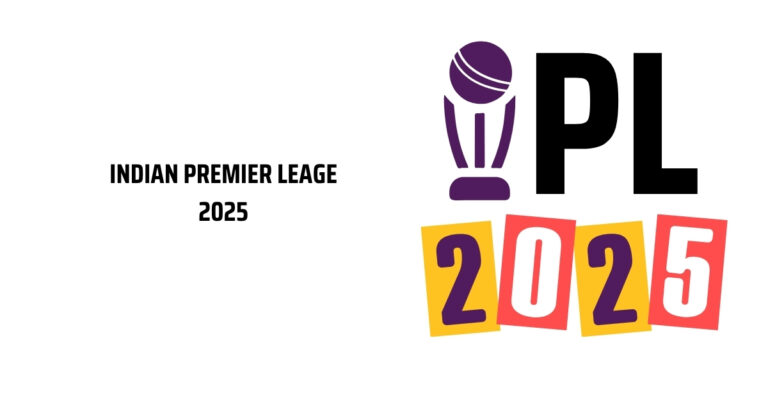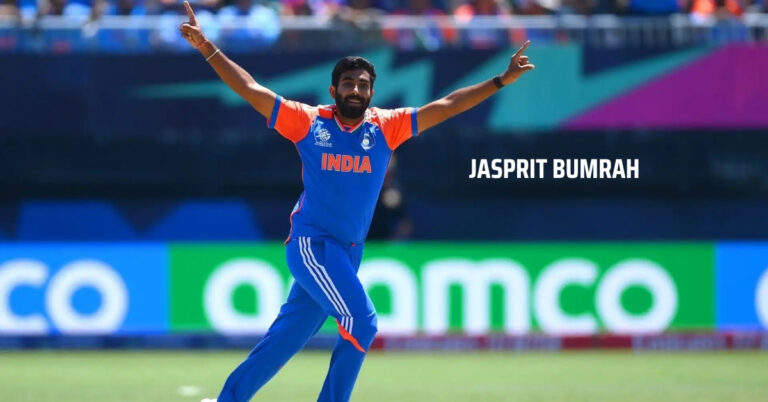Indian Premier League (IPL)
Introduction
The Indian Premier League (IPL) is one of the most popular and widely followed cricket leagues in the world today. Launched in 2008 by the Board of Control for Cricket in India (BCCI), IPL quickly transformed the cricketing landscape—not only in India but globally—turning Twenty20 (T20) cricket into a commercial and entertainment phenomenon. Unlike traditional cricket formats that could last several hours or days, the IPL offers fast-paced, high-energy matches completed in about three hours, making it immensely popular among cricket fans of all ages.
IPL features city-based franchise teams competing annually in a tournament that includes a group stage followed by playoffs and a grand final. The league attracts the best cricket talent worldwide, including Indian stars and international players, creating a unique blend of skills, styles, and cultures on the field. It has brought new levels of excitement, fan engagement, and commercial success to cricket.
Today, the IPL is much more than just a cricket league. It is a massive sporting spectacle, a multi-billion dollar business, and a trendsetter in the sports world, influencing how leagues and tournaments are managed worldwide. For many players, it serves as a platform to showcase talent and earn lucrative contracts, while for fans, it offers entertainment, team loyalties, and unforgettable moments.
In this article, readers will learn about the origins and growth of IPL, its structure, major teams, economic impact, memorable moments, records, and recent developments. We will also explore how the IPL has affected Indian cricket and culture and look into the future of this cricketing giant. Whether you are a cricket fan or just curious about the IPL, this detailed guide covers everything essential about this dynamic league.
Background / Early History / Origins
The concept of the Indian Premier League was born in the early 2000s when Twenty20 cricket was gaining momentum worldwide. The shorter 20-over format, introduced by the England and Wales Cricket Board (ECB) in 2003, aimed to make cricket faster and more television-friendly. India’s national team won the inaugural ICC World Twenty20 tournament in 2007 under MS Dhoni’s leadership, igniting public interest in this thrilling format.
At the time, the Board of Control for Cricket in India (BCCI) was looking for innovative ways to capitalize on cricket’s growing popularity and boost revenues. Then BCCI president Lalit Modi was the driving force behind the idea of a franchise-based Twenty20 league modeled somewhat on the successful Indian Premier League style of other sports leagues such as the English Premier League (football).
In 2008, the BCCI officially launched the IPL with eight city-based franchises. Each franchise was auctioned to private owners who were mostly business magnates, Bollywood celebrities, and corporate groups. The franchises represented different Indian cities like Mumbai, Chennai, Delhi, Bangalore, Kolkata, Hyderabad, Punjab, and Rajasthan. The inaugural season began in April 2008 and was an instant success, thanks to star-studded teams, packed stadiums, prime-time TV broadcasts, and innovative marketing.
Some of the key formative events shaping IPL’s success include:
- The player auction system, where franchises bid for both Indian and international players, generating huge excitement.
- The involvement of Bollywood and celebrity owners which helped bring glamour and media attention.
- The use of fast-paced entertainment elements like cheerleaders, music, and celebrity performances between overs.
- Technological advancements such as live TV graphics, strategic timeouts, and real-time social media engagement.
- The introduction of team rivalries, particularly Mumbai Indians vs Chennai Super Kings, which became marquee matchups.
Lalit Modi’s vision transformed Indian cricket, creating a commercially viable league that also served the sport’s competitive needs. However, the IPL’s journey has not been without challenges. Controversies over match-fixing and governance surfaced in early years, leading to administrative shakeups. Still, the BCCI’s strong control and passionate fan base helped IPL overcome these hurdles and grow stronger.
By combining cricketing excellence with entertainment, business savvy, and technology, the IPL reinvented how cricket was perceived and consumed in the 21st century. It opened the floodgates for investment in Indian cricket and became a major platform for young Indian cricketers to break into the international scene.
Main Body: Core Sections
Structure and Format of the IPL
The IPL operates as a franchise-based T20 cricket league with a well-defined tournament format:
- Teams: As of 2025, the IPL has 10 teams representing different Indian cities. Each team has a squad of players acquired through auctions and trades.
- Season Duration: Usually held annually between March and May, spanning about 7-8 weeks.
- Tournament Format: The league stage follows a double round-robin where each team plays others twice. Top four teams advance to playoffs, including qualifiers, eliminators, and the final.
- Player Auctions: The player auction is a highlight event, with franchises bidding for players within a salary cap. There are categories such as capped Indian players, uncapped players, and overseas players.
- Team Composition Rules: Teams must maintain a squad of 25 players with restrictions on the number of overseas players in the playing XI (maximum of 4).
- Venues: Matches are held across multiple stadiums throughout India, with home and away games for franchises.
| Current IPL Teams (2025) | Home City | Key Captain(s) |
|---|---|---|
| Mumbai Indians (MI) | Mumbai | Rohit Sharma |
| Chennai Super Kings (CSK) | Chennai | MS Dhoni |
| Royal Challengers Bangalore | Bangalore | Faf du Plessis |
| Kolkata Knight Riders (KKR) | Kolkata | Shreyas Iyer |
| Delhi Capitals (DC) | Delhi | Prithvi Shaw |
| Sunrisers Hyderabad (SRH) | Hyderabad | Aiden Markram |
| Punjab Kings (PBKS) | Mohali | Shikhar Dhawan |
| Gujarat Titans (GT) | Ahmedabad | Hardik Pandya |
| Lucknow Super Giants (LSG) | Lucknow | KL Rahul |
| Rajasthan Royals (RR) | Jaipur | Sanju Samson |
Franchise Teams and Ownership
The IPL franchises are owned by a mix of Indian corporate giants and entertainment celebrities. Each team has built its own identity, loyal fan base, and distinct playing style.
- Mumbai Indians: Owned by India’s Reliance Industries, MI is the most successful IPL team with 5 titles. Led by Rohit Sharma, known for strong team-building and clutch performances.
- Chennai Super Kings: Owned by India Cements, CSK has 4 titles and is led by the legendary MS Dhoni. Famous for consistency and calm leadership.
- Royal Challengers Bangalore: Owned by United Spirits, RCB boasts stars like Virat Kohli and Faf du Plessis but has yet to win a title.
- Kolkata Knight Riders: Co-owned by Bollywood actor Shah Rukh Khan, KKR has won 2 titles and is known for flamboyant cricket.
- Delhi Capitals: The young team rebranded from Delhi Daredevils and has become a playoff regular.
- Other teams have varied success, with newer entrants like Gujarat Titans winning the IPL in their debut season (2022).
Each franchise contributes to IPL’s rich competitive environment and regional pride. Rivalries such as MI vs CSK and KKR vs RCB are intensely followed.
Impact on Indian Cricket and Talent Development
The IPL has been a revolutionary platform for discovering and nurturing cricket talent in India:
- Many young players like Jasprit Bumrah, Hardik Pandya, and Shubman Gill made their mark in IPL before international debuts.
- IPL provides exposure to international standards, pressure situations, and mentorship from veteran players.
- The league has helped maintain high fitness and skill standards among Indian cricketers.
- IPL also facilitates the development of domestic players through competitive match experience.
- The success of Indian players in IPL has translated into stronger performances in international cricket.
Economic and Commercial Aspects
IPL is one of the world’s richest sports leagues:
- The league generates billions of dollars annually through broadcasting rights, sponsorships, merchandise sales, and ticketing.
- Media rights deals have grown exponentially; for example, the 2023-2027 rights were sold for over $6 billion.
- Franchises have become valuable brands, engaging in multiple revenue streams including digital content, merchandise, and global fan engagement.
- IPL’s commercial success has boosted related sectors like hospitality, tourism, and advertising.
- The league’s growth has created jobs and opportunities for millions, including players, coaches, broadcasters, and event staff.
Popular Moments and Iconic Matches
Over the years, IPL has produced some unforgettable cricket moments:
- Chris Gayle’s 175 (2013):* The highest individual score in IPL history.
- MS Dhoni’s last-ball six (2010 final): Sealed a thrilling victory for CSK.
- Kieron Pollard’s six-hitting spree: Known for clutch finishes with big sixes.
- Numerous nail-biting finishes, super overs, and match-winning performances have added to IPL’s popularity.
Role of Technology and Innovation
IPL has embraced technology to enhance the cricketing experience:
- Use of Decision Review System (DRS) and advanced analytics.
- Real-time player performance stats broadcast during matches.
- Fan engagement through apps, fantasy leagues, and social media interaction.
- Innovations in sports science and player fitness training integrated into team routines.
Statistics, Records, or Data Analysis
| Record | Holder | Value |
|---|---|---|
| Most Runs in IPL | Virat Kohli | 7500+ runs |
| Most Wickets in IPL | Lasith Malinga | 170+ wickets |
| Most Centuries in IPL | KL Rahul | 7 centuries |
| Highest Individual Score | Chris Gayle | 175* runs |
| Most IPL Titles (Team) | Mumbai Indians | 5 titles |
IPL averages around 160-180 runs per team in matches, making it a high-scoring format. Player auction prices have increased over time, with top players earning multi-crore contracts.
Personal Life / Human Interest / Behind the Scenes
Behind the glitz and glamour, IPL players endure rigorous training and intense schedules. Many young players describe IPL as a “dream come true” but also a pressure cooker of expectations. Team bonding, camaraderie, and mentorship are important off-field aspects. IPL has also contributed to social causes, with teams and players involved in charity matches and initiatives.
Recent Developments / Current Status
- The 2025 IPL season saw expansion to 10 teams and introduction of new venues.
- Emphasis on youth development and women’s IPL announced.
- Technology integration continues to grow with AI-based player analysis.
- COVID-19 affected schedules in past years, but IPL returned strongly.
- Recent controversies related to player conduct handled swiftly by BCCI.
- Future plans include more global outreach and sustainability initiatives.
Awards, Recognitions, and Honors
IPL awards recognize excellence each season:
- Orange Cap: Highest run-scorer.
- Purple Cap: Highest wicket-taker.
- Most Valuable Player (MVP): Overall best performance.
- Emerging Player: Best young talent.
- Teams also receive Fair Play awards and fans vote for popular players.
These awards encourage competition and honor outstanding contributions.
Conclusion
The Indian Premier League has revolutionized cricket by combining top-level competition with entertainment and business innovation. Since its inception in 2008, it has become a global sporting spectacle, nurturing talent, boosting the economy, and thrilling millions. IPL is a shining example of how sports can evolve and adapt to modern audiences without losing the essence of the game. As IPL looks to the future with expansion, technological innovation, and growing fan engagement, it remains poised to be a dominant force in cricket and sports worldwide.




